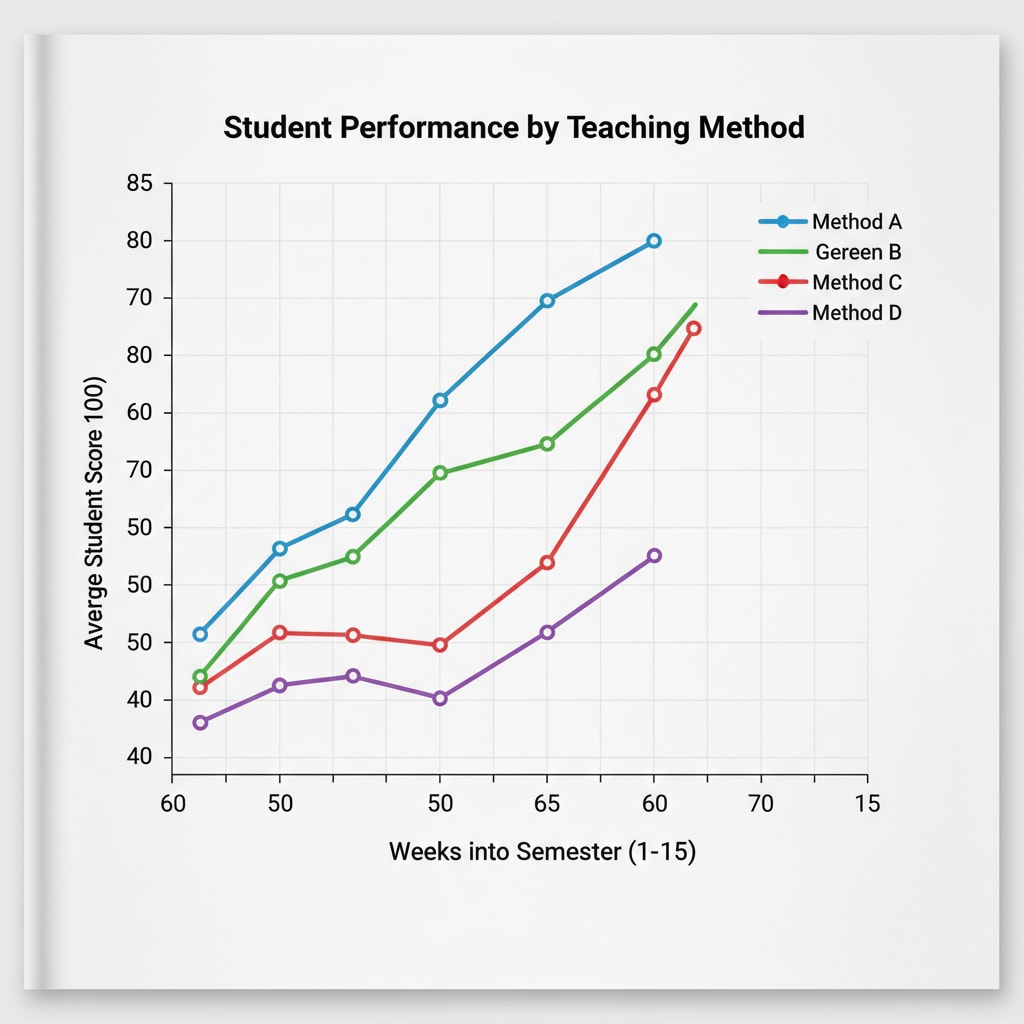In the realm of K12 education, the concepts of data recording, micromanagement, and teaching autonomy play pivotal roles. Data recording has become an essential tool for schools to assess student progress and make informed decisions. However, when it veers into micromanagement, it can significantly impact teachers’ teaching autonomy.

The Role of Data Recording in K12 Education
Data recording in K12 education is not a new phenomenon. It serves multiple purposes. Firstly, it helps in tracking students’ academic performance over time. By analyzing data on test scores, assignment completion, and classroom participation, educators can identify areas where students are struggling or excelling. For example, if a teacher notices a consistent decline in a student’s math test scores, they can use this data to provide targeted support. Secondly, data recording enables schools to evaluate the effectiveness of different teaching methods. As stated by Education Week, schools can compare the performance of students taught using different approaches and make adjustments accordingly. This data-driven approach aims to enhance educational quality and ensure that students receive the best possible instruction.

The Pitfalls of Micromanagement
While data recording is beneficial, micromanagement can have detrimental effects. Micromanagement occurs when school administrators closely monitor and control every aspect of teachers’ work. This can include dictating lesson plans, teaching techniques, and even the pace of instruction. Teachers may feel that their professional judgment is being undermined. For instance, a teacher with years of experience may have a proven method of teaching a particular subject, but due to micromanagement, they are forced to follow a rigid curriculum. According to the National Education Association, excessive micromanagement can lead to teacher burnout, as it reduces their motivation and creativity. Moreover, it can also negatively impact student learning, as teachers may not be able to adapt to the unique needs of their students.
Finding the right balance between data recording for accountability and respecting teachers’ teaching autonomy is essential. It’s about creating an educational environment where teachers feel empowered to make professional decisions while still being accountable for student outcomes. One way to achieve this is through collaborative decision-making. School administrators and teachers can work together to determine what data is most relevant for assessment and how it can be used without encroaching on teachers’ autonomy. Another approach is to provide professional development opportunities for teachers to enhance their data analysis skills. This way, teachers can use data to inform their teaching decisions rather than having it imposed on them.
Readability guidance: As we’ve seen, data recording has its merits in K12 education, but micromanagement must be avoided. By focusing on teaching autonomy and finding a balance, we can create a more effective and fulfilling educational environment. Teachers should be trusted as professionals, and data should be used as a tool to support, not stifle, their creativity and expertise.


